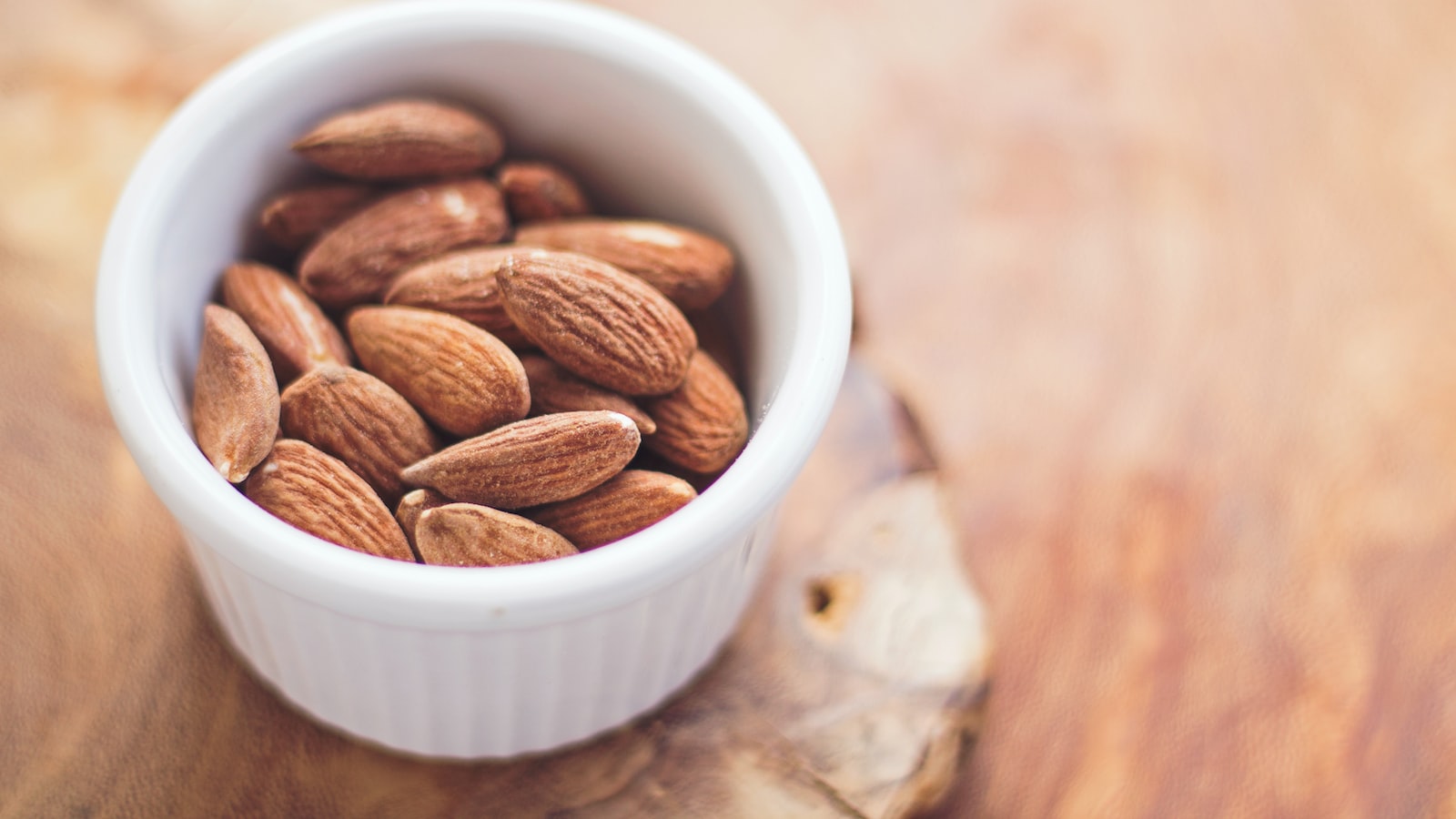Are you ready to amp up your health and increase your energy by going low-carb? If you’re looking for a way to improve your overall well-being and get the most out of your diet, then digging into all that a low-carb lifestyle could do for you is well worth it! In this article, we’ll explore the many benefits of going low-carb and the simple ways you can make this lifestyle change for yourself. Get ready to re-energize and revamp your diet!
1. The Lowdown on Low Carb Eating
Word limit: 350 words
Making Sense of Going Low Carb
Going low carb can feel daunting but it doesn’t have to be. It’s all about learning what to cut out, and what to emphasize in your diet to reap all of the health benefits of this type of eating.
Cutting Carbs
When it comes to low carb eating, you’ve got to make sure the carbs you are consuming come from high quality sources. Eliminate the hidden sugars in processed foods, refined starches and sugary drinks. Instead, focus on whole food sources such as:
- Leafy greens
- Nuts and seeds
- Non-starchy vegetables
- Healthy fats
These foods will provide you with the vitamins and minerals you need while still keeping your carbs low.
The Benefits
Lowering the amount of carbohydrates you eat can help reduce your risk of many chronic diseases including diabetes and cardiovascular disease. Not to mention, eating the right type of carbs can help you better manage your weight. Low carb eating has also been known to help reduce inflammation and improve skin clarity.
In short, low carb eating without cutting out nutrition can be an effective way to improve your overall health. As always, be sure to consult your doctor before making any changes to your diet.
2. The Benefits of Going Low Carb
The low-carb diet has become a popular way to attempt to lose weight and get healthy. But what are some of the advantages of eating a low-carb diet?
Speed up Weight Loss: By reducing your carbohydrate intake, you decrease the number of calories you consume which can help you lose weight faster. This is because carbohydrates can contribute significantly to the number of calories you consume each day.
Reduce Appetite: Eating a low-carb diet can help you feel fuller for longer, reducing your appetite and eliminating unhealthy snacking. Studies have shown that people feel fuller after eating meals high in fat and protein than meals high in carbohydrates.
Improve Health: The low-carb diet can have various beneficial health effects. Switching to a low-carb diet will reduce cholesterol and improve blood sugar levels. It can also decrease your risk of developing type-2 diabetes and other metabolic syndromes.
- Improve blood sugars and energy levels
- Reduce cravings and hunger
- Reduce the risk of chronic diseases
- Improve mental clarity and focus
- Reduce inflammation

3. Understanding Macronutrients
Macronutrients 101
You could have the healthiest, most balanced diet, but for if you don’t understand what macronutrients are and how much of them you should be consuming, you’ll never reach your health goals. Let’s break it down so you can start feeling like a nutrition pro.
Macronutrients are the big players in your nutritional arsenal – carbohydrates, proteins, and fats are all macronutrients. These will be the main sources of energy, vitamins, and minerals for your body.
Each macronutrient helps to perform different, vital functions in the body. Here’s what you need to know about each:
- Carbohydrates: the body’s main source of energy. They help to keep your brain and your muscles working optimally.
- Protein: helps to build, repair, and maintain muscle tissue and organ function.
- Fats: help to absorb certain vitamins, provide energy, and help to regulate your hormones.
It’s important to remember that as important as it is to eat well, it’s just as important to know which foods to eat, and in what amounts. Understanding which macronutrients your body needs in order to function properly will help you to reach your dietary goals.
4. Developing Low Carb Eating Plans
Cutting out low carb food from your everyday meals can be a difficult task. To help make the adjustments more manageable, it is important to come up with an eating plan that is beneficial and works best for you. Here are a few tips on how to develop an effective low carb diet plan.
- Set goals: You should set specific goals to help you stay focused and motivated on following through with the plan. This can range from the number of carbohydrates you aim to consume each week, to limiting decadent, sugary desserts.
- Keep track of all meals: Tracking what you eat throughout the day can be an effective way of monitoring your carb intake. It can also help you come up with an effective budget and make adjustments to your diet plan.
Having an eating plan for low carb meals doesn’t mean you have to sacrifice taste. You can find substitute ingredients for vegetables and other carbs, while still being mindful of your diet. Moreover, research recipes and cooking techniques as these can be useful when creating exciting, healthy meals. Never be afraid to experiment with different cooking approaches and ingredients as well.
5. How to Boost Energy with Low Carb Eating
If you’re looking for an easy way to boost your energy levels without resorting to sugar-laden snacks, low-carb eating may be the answer. Low-carb eating helps boost your energy by providing your body with more balanced, sustainable fuel.
Foods to Eat for Energy
- Fruits – these contain natural sugar, carbohydrates, and fiber to provide energy-giving nutrition.
- Nuts and seeds – great sources of protein and healthy fats that energize without needing large amounts of insulin.
- High-fiber grains and whole grain bread – rather than using white flour-based, processed grains, whole grains can help keep you feeling full, which makes it easier to maintain a consistent energy level.
- Legumes and beans – great source of protein and fiber.
- Lean protein – fish, poultry, lean beef, and tofu are all terrific sources of protein that will help you maintain your energy levels without spiking your insulin levels.
By cutting out processed foods and replacing them with these natural ingredients, you’ll be able to enjoy a slow release of energy that will keep you going for hours instead of just a few minutes. The key to low-carb living is finding the balance between high-energy carbohydrates and sustaining, low-energy carbohydrates.
6. Taking Low Carb Living to the Next Level
Do you want to take your low carb living journey to the next level? Then the sixth step of the program is for you!
This step begins with embracing and adapting your exercise routine. To maximize the loss of body fat, it is recommended to combine strength and interval training with aerobic exercise. You will likely fall into one of two categories: a beginner or an advance level exerciser. If you are a beginner, then starting with bodyweight exercises like squats, lunges and pushups will help you get in shape. For more advanced exercisers, it is important to incorporate challenging workouts like High-Intensity Interval Training (HIIT) and weight training into your exercise plan.
In addition to exercise, you will need to make smart food choices to reach your low carb goals. Taking the time to plan meals is essential for a successful low carb lifestyle. Some of the best food choices to make include:
- Fats: Avocado, olive oil and grass-fed butter
- Fruits: Raspberries, blackberries, melon, and strawberries
- Vegetables: Spinach, kale, broccoli, mushrooms, and cauliflower
- Proteins: Eggs, chicken breast, and lean beef
Finally, it is recommended to take dietary supplements to ensure you get the proper nutrients, vitamins, and minerals.
Ready to see if a low-carb diet could be the key to increasing your energy and improving your health? Why not give it a try? With a healthy diet plan, commitment to your goals, and the right attitude, you can achieve all of your health and energy goals. Ready to get started?
